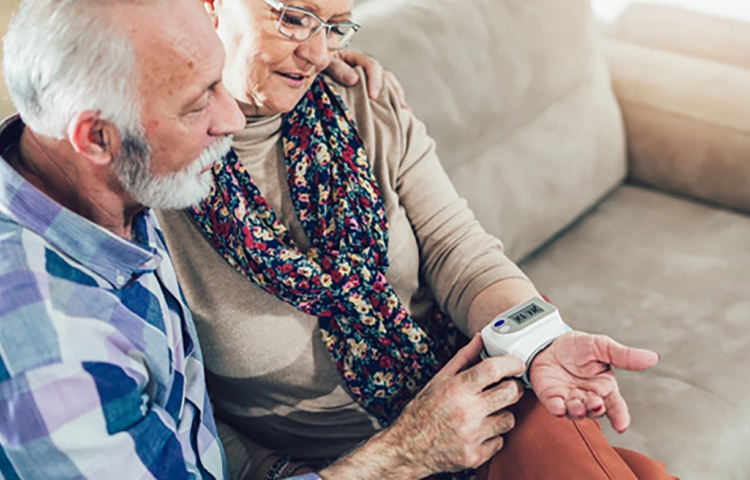
Connected Home Healthcare for Aging: Delivery and Access Opportunities
By John Sharp, Director, Thought Advisory, HIMSS and the PCHAlliance Aging and Technology Task Force
This blog is a summary of a webinar discussion on this topic which included panelists from AT&T, Parks Associates, Charter Healthcare and Best Buy. A link to the on-demand recording of the webinar is available at the end of this blog.
There is an increasing demand for homecare services driven by both the silver tsunami and now the pandemic. How does technology serve to meet this demand and how likely are seniors and their caregivers to adopt it?
First some stats: (source: IPSOS)
- 85% of people expect technology to help improve the quality of their life as they age
- 60% of US physicians instruct patients to use a biometric device during a telehealth session
- 80% of information related to patients during discharge is forgotten
- 51% of physicians reported a lack of training as a barrier to wider usage of digital health solutions
Implications:
There are challenges and opportunities for providers in homecare agencies
- Accessibility of broadband, connectivity and devices supply channels is essential for broader adoption of digital health in the elderly and their caregivers
- Patient and caregiver literacy (health and computer literacy) needs support to promote independent living.
- Technology must be simple and frictionless in setup and use including blood pressure cuff, pulse oximeter, digital thermometer and often a hub to transmit data.
In a recent Harvard Business Review piece on remote monitoring, the authors state, “The technology must be easy for both patients and clinicians to adopt and continue using. It is essential to provide both patients and clinicians with intuitive equipment and user interfaces as well as resources for trouble-shooting when needed.”
The solutions needed fall into several categories. First is the availability of affordable broadband for seniors. Whether this is deployed in senior living communities or to areas where there are seniors aging in place, this infrastructure is a key building block. Second, seniors prefer simple medical technology, whether it is a blood pressure cuff, pulse oximeter, thermometer or other device that enables routine measurement, deployment of a wireless hub which is easily accessed is key. The third requirement is training. Even with relatively simple technology set up, understanding how it works, how to trouble shoot and what the data means is key to self-management of chronic conditions. Providers also require training in how monitor this data and utilize the data in telehealth visits. The use of telehealth and remote monitoring has shown its worth during the pandemic as an opportunity in self-triage. Home health agencies need this data on their patients as well to decide when to increase or decrease visits to the home.
In summary, the connected home will enable more self-care among seniors, managing of chronic conditions from a distance by providers and more efficient use of home health services. The connected home requires the right infrastructure, simple technology and patient education in technology and home monitoring.
-----------------------
Webinar recording from the HIMSS Learning Center
Connected Home Healthcare for Aging: Delivery and Access Opportunities




